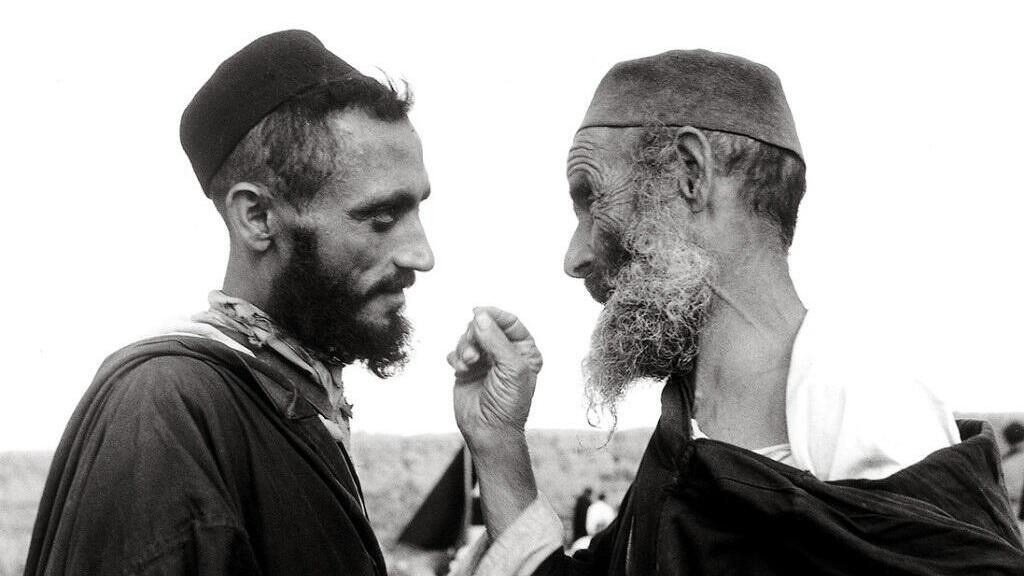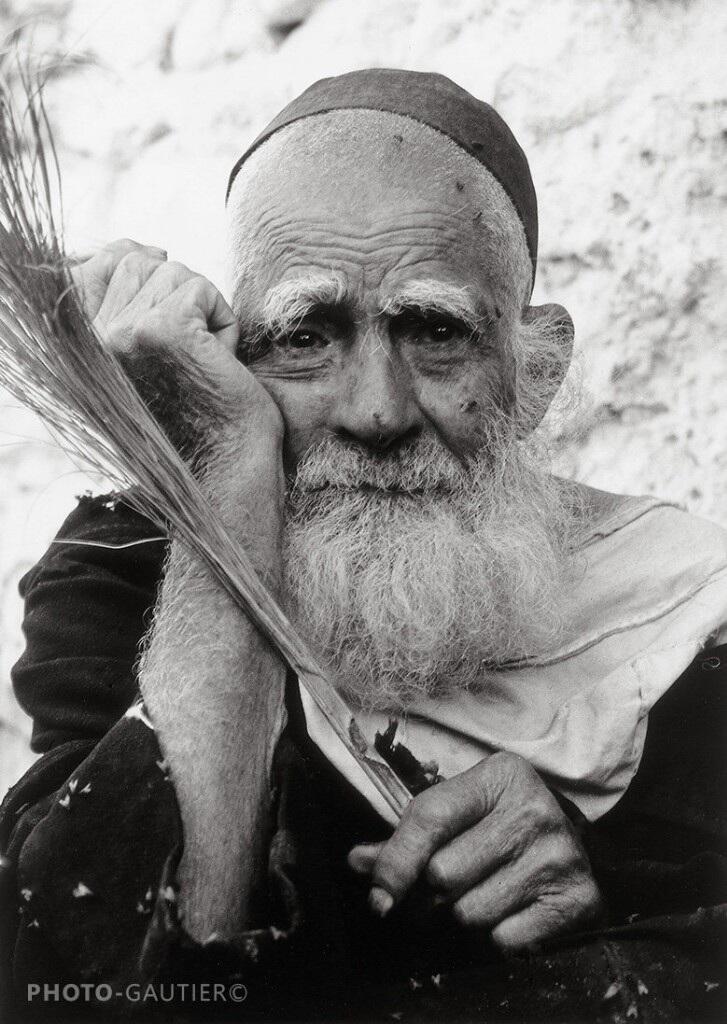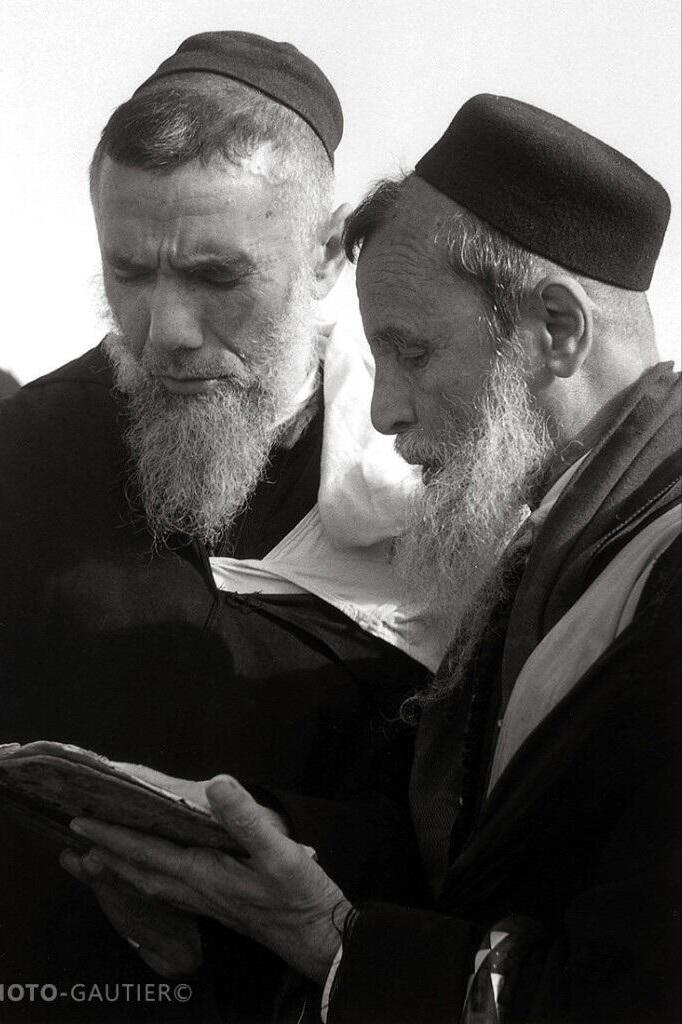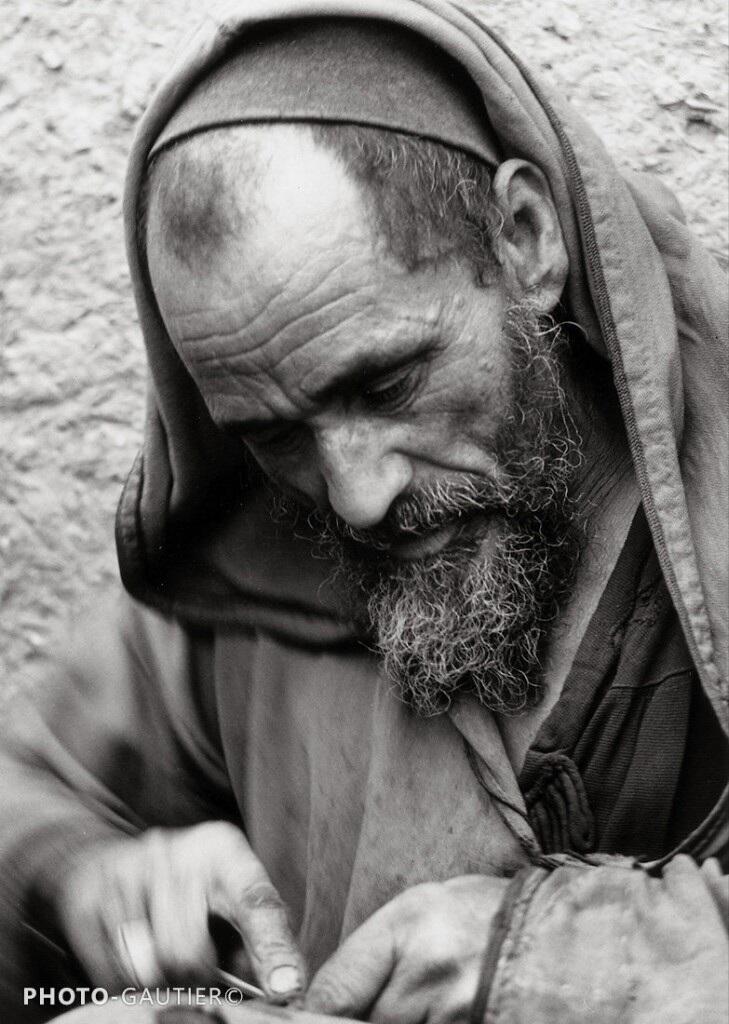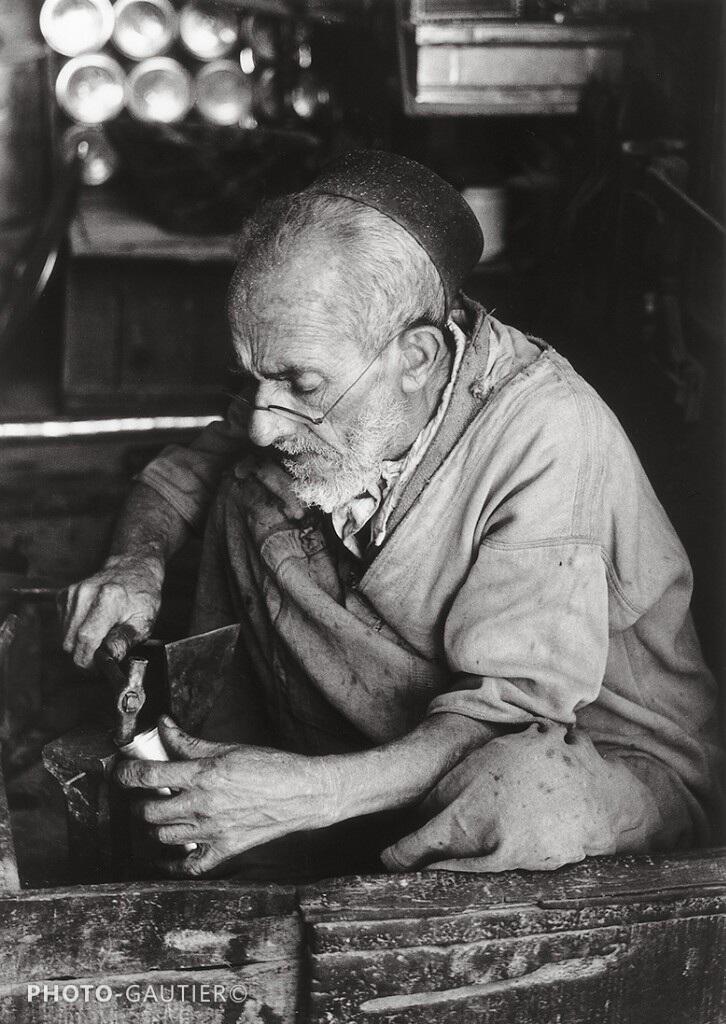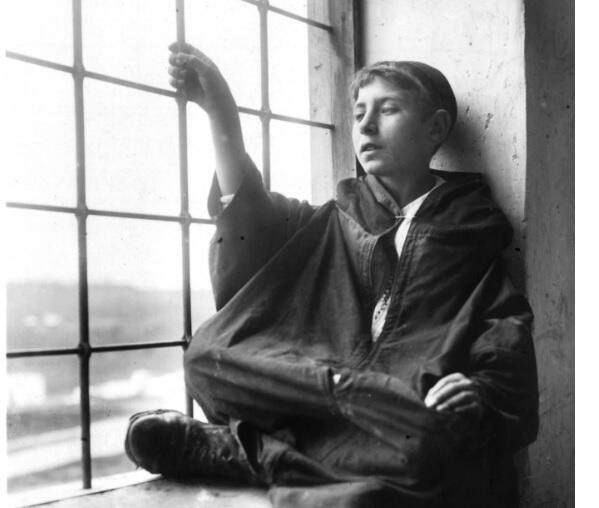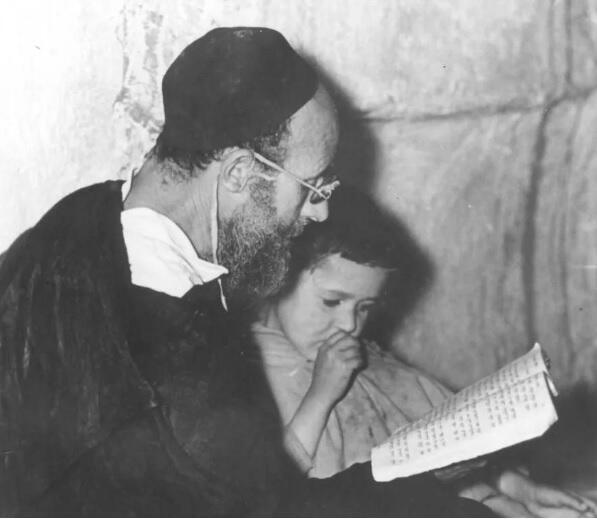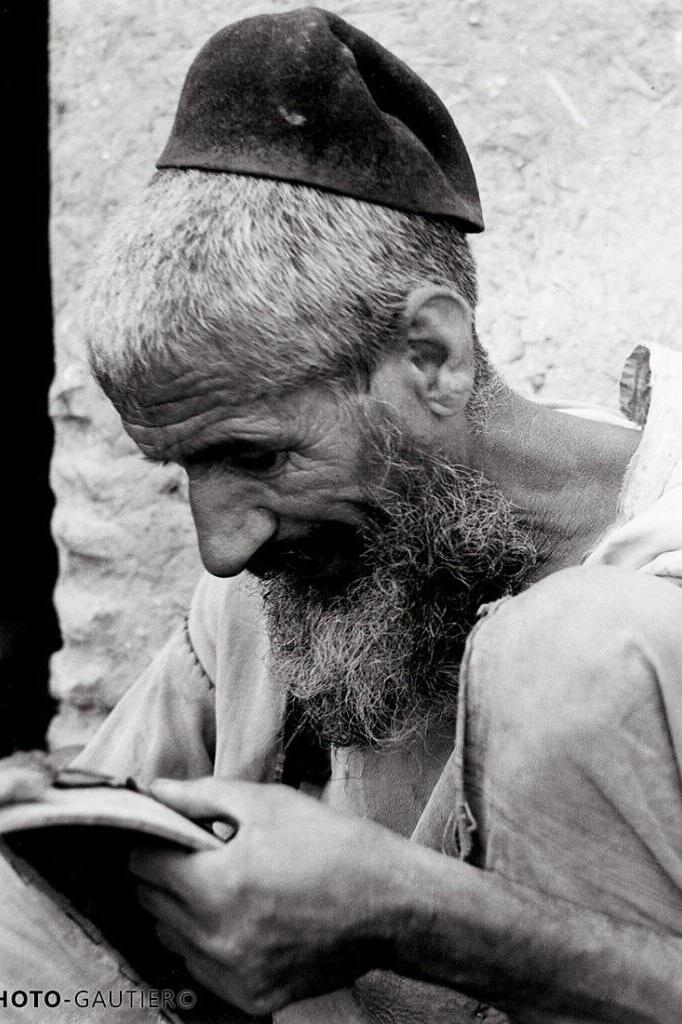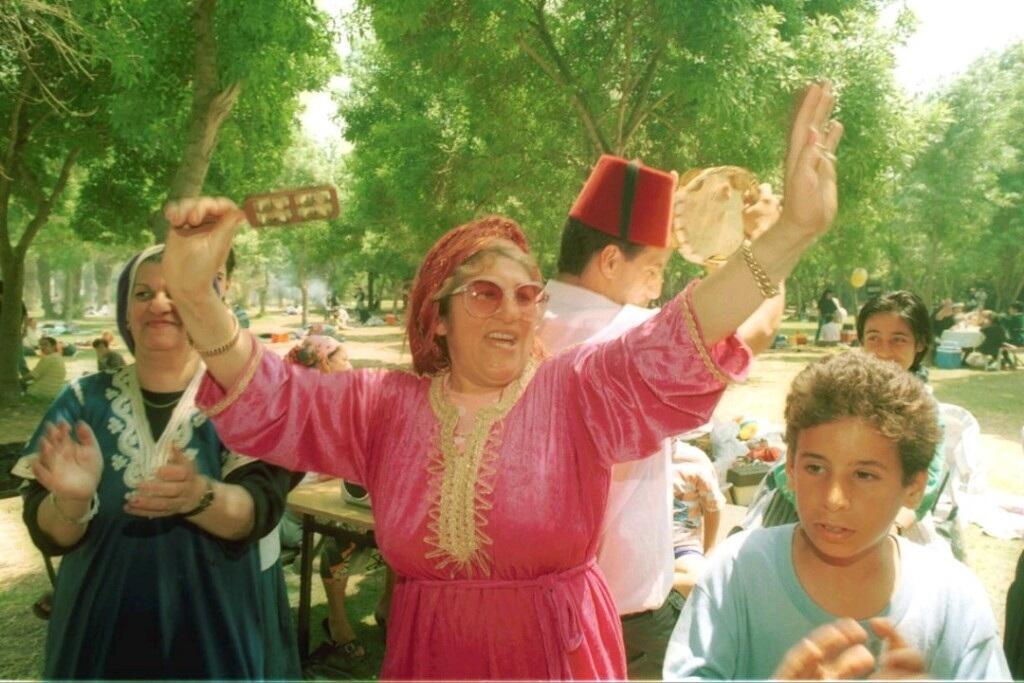Getting your Trinity Audio player ready...
Adil Faouzi, a recent graduate from the University of the People, is gearing up for his advanced studies in Communications in Qatar. Faouzi also received acceptance letters from both Ben-Gurion University in Negev and the University of Haifa for their Israel Studies programs.
More stories:
He was raised in the picturesque Amazigh village of Talat N'yaacoub, situated in the heart of the High Atlas Mountains, approximately 100 km away from Marrakesh. It was in this serene and culturally rich setting that he spent his formative years, absorbing the local culture, traditions and customs. His father played a major role in shaping his deep affinity for Morocco. "He was not only my guide but also my inspiration, sharing tales of Morocco's past and instilling in me an unwavering sense of patriotism," says Faouzi.
Talat N'yaacoub, with its stunning landscapes and unique way of life, gave him an authentic and intimate understanding of the rich Moroccan heritage, particularly its Jewish and Amazigh aspects. The fusion of these cultures in his upbringing laid the cornerstone of Faouzi's fascination with both the multiplicity and harmony of Moroccan heritage.
18 View gallery
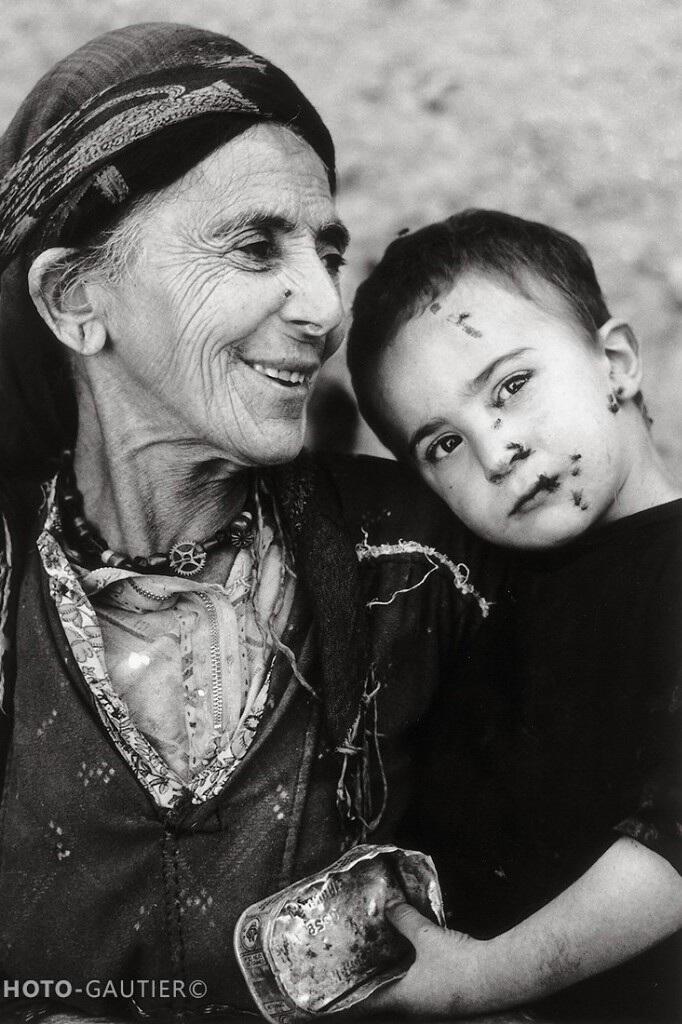

A Moroccan Jewish mother and son during the 1950s
(Photo: Manuel and Landry Gautier)
Faouzi explains the genesis of his Murakuc Instagram page, which pays tribute to his Moroccan heritage.
"My journey to establishing this project began on February 14, 2021, a date not selected randomly, but rather for its symbolism. As the world celebrated Valentine's Day, I chose to express my love for my country in a unique way by creating a platform that showcases the rich tapestry of Moroccan culture, history and heritage," says Faouzi.
"The idea behind Murakuc was born out of an intense desire to share the multifaceted nature of Morocco, from its traditional customs and practices to its vibrant diversity. I was inspired by the narratives of Moroccan resistance during the French protectorate era, and I wanted to bring these stories and others to the forefront to ensure they're not forgotten."
"The project spans a multitude of aspects of Moroccan culture, including its Jewish heritage, which is intricately woven into the country's history," Faouzi continues.
"I chose to present my findings in both Arabic, one of Morocco's official languages according to the 2011 constitution, and English. This dual language choice was intentional, as it allows me to reach a more global audience while ensuring that local Moroccan culture is accurately represented," he explains. "My focus on English, as the current lingua franca, is a strategic choice to widen the reach of my project, bringing the Moroccan narrative to an international audience, fostering understanding and bridging cultural gaps."
18 View gallery
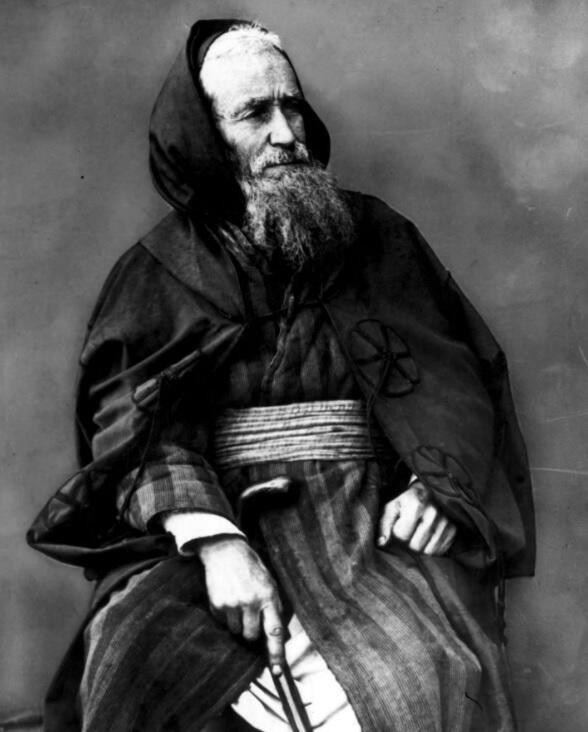

A middle-class Jew from Tangiers in a traditional cloak and cummerbund, 1890
(Photo: Courtesy of Adil Faouzi)
18 View gallery
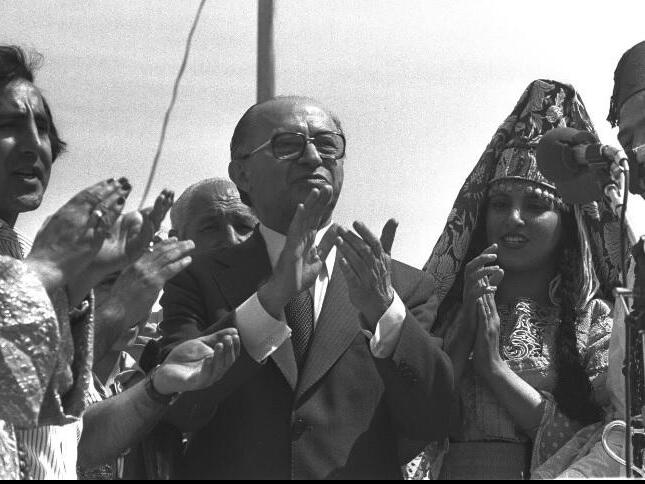

Menachem Begin, founder of the Likud party and the sixth prime minister of Israel, during Mimouna celebrations
(Photo: Courtesy of Adil Faouzi)
A notable set of photographs that Faouzi published were those of the visits of Israeli leaders to Morocco.
"The visit of Shimon Peres, the former president and prime minister of Israel, was a significant highlight. These visuals underscored the strength and longevity of Moroccan-Israeli relations, a historical aspect that often surprises many. The role Morocco played in maintaining peace between Israel and its Arab neighbors is an aspect I'm eager to illuminate, reinforcing Morocco's status as a land of peace," he says.
18 View gallery
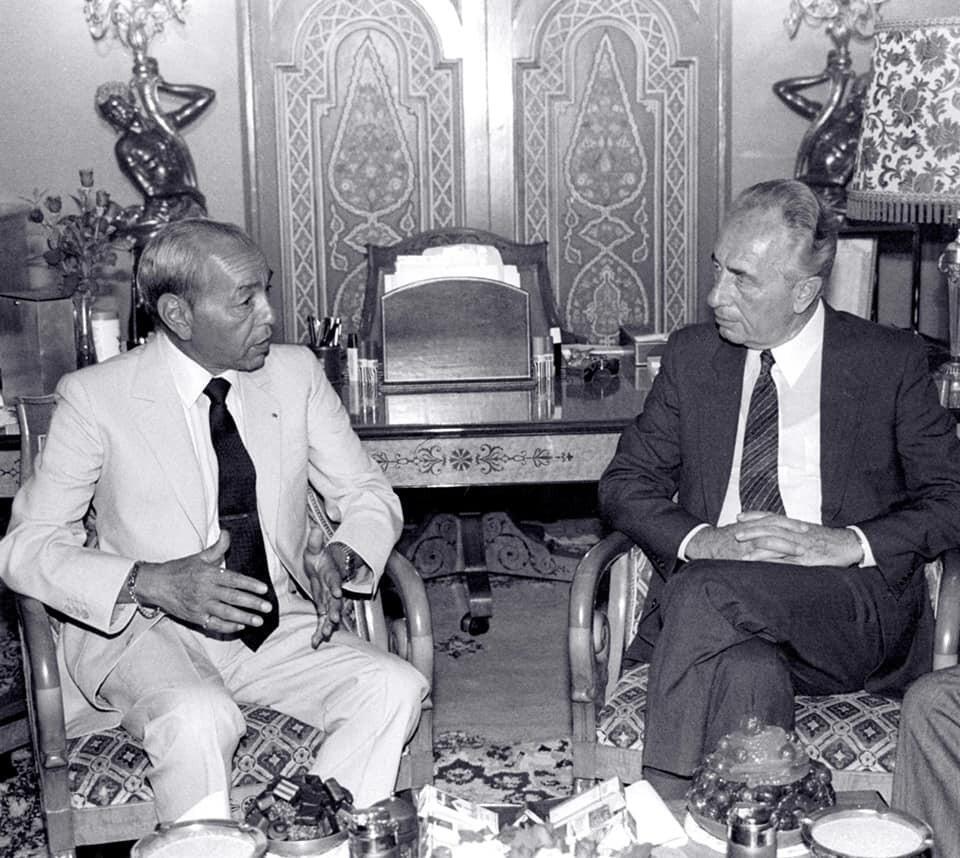

Israeli Prime Minister Shimon Peres visits King Hassan II in Ifrane, Morocco, July 22, 1986
(Photo: Courtesy of Adil Faouzi)
How many photos have you published in total?
"To date, I have published over 2500 visuals on Murakuc, including photographs and videos. However, this is just the tip of the iceberg. My personal collection and the resources available to me offer a vast array of visuals waiting to be showcased. The enormity of these archives is such that it's difficult to quantify precisely, but it is these inexhaustible resources that enable me to keep enriching the narrative of Moroccan history consistently. It's crucial to note that these numbers represent not merely images but the countless stories, traditions and historical moments they encapsulate."
18 View gallery
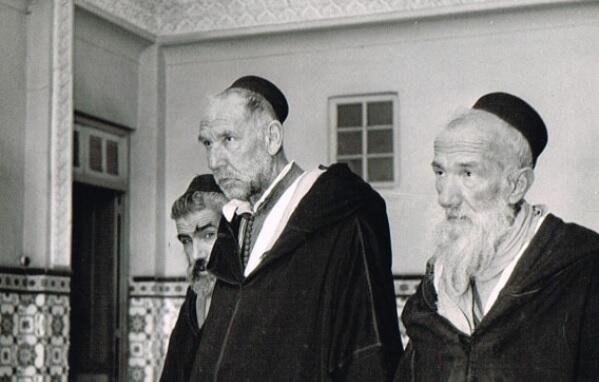

Three Jews in a synagogue, in Casablanca, Morocco 1930
(Photo: Courtesy of Adil Faouzi)
What was the reason for setting the time span between 1900 and 2000?
"The choice of the period from 1900 to 2000 was deliberate. This century was an era of dramatic transformation for Morocco, marked by resistance, independence, cultural evolution and societal change."
"The photos from this period offer a window into these significant historical events and allow us to explore the evolution of Moroccan society over 100 years. They highlight the bravery and determination of Moroccans during the resistance, the euphoria of independence, the evolution of our cities and the resilience of our traditions."
"The coexistence of Moroccan Jews and Muslims during this period and their shared culture, which I have endeavored to highlight, is a powerful testament to Morocco's diverse and inclusive history. These images tell the story of a country navigating change and holding onto its identity, a narrative I aim to continue sharing through Murakuc," Faouzi added.
How does Jewish culture integrate into the broader tapestry of Moroccan heritage, and how does this Jewish heritage manifest within Moroccan artistic expressions?
"The Jewish culture holds a significant and respected place in Morocco's rich tapestry of heritage. Jews have been a part of Morocco's sociocultural fabric for more than 2,000 years, contributing immensely to the nation's economic, social and cultural development. Their influence can be seen in the spheres of trade, craftsmanship, music, language and cuisine."
18 View gallery
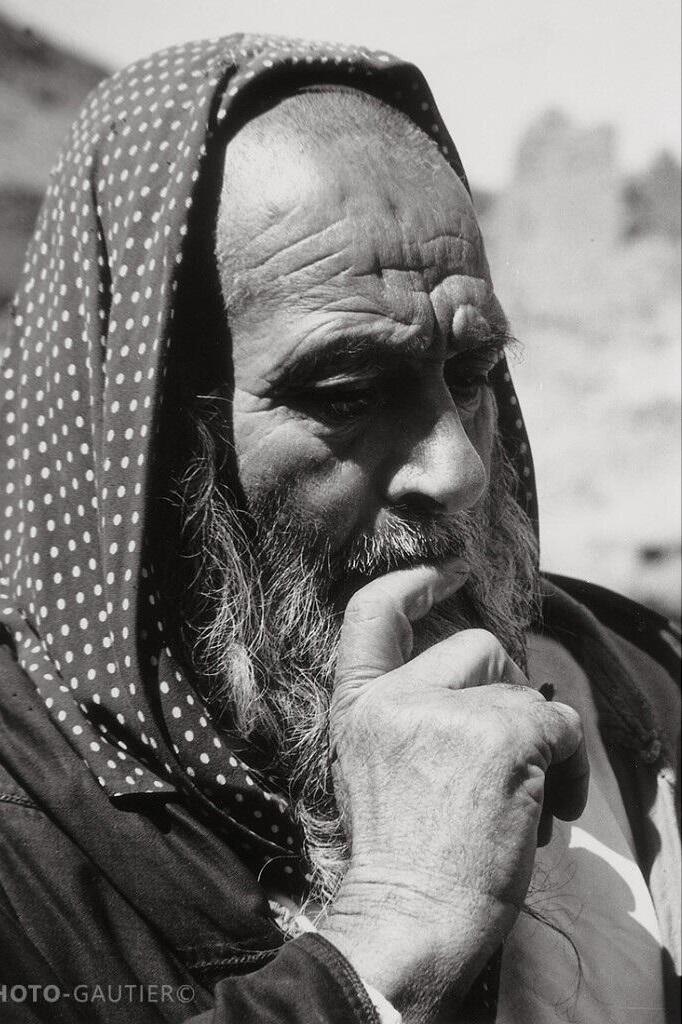

A Moroccan Jewish man in a photo taken during the 1950s
(Photo: Manuel and Landry Gautier)
"Moreover, the 2011 constitution of Morocco is a milestone in recognizing this shared heritage as it formally acknowledged the Hebraic component as an integral part of Moroccan identity. This was a progressive move that underscored Morocco's inclusive national identity and highlighted the country's commitment to preserving its diverse heritage."
18 View gallery


Portrait of a Moroccan Jew in the Mellah of Marrakesh, 1960s
(Photo: Forman, Harrison)
"In Moroccan art, the Jewish influence is prominently present and celebrated. In music, Jewish musicians and composers have contributed to the evolution of traditional Moroccan music genres, like the Andalusian classical music and Chaabi. The Jewish quarter, or Mellah, of many Moroccan cities, tells a tale of architectural art where Moroccan Jewish influence is prominent, blending Islamic and Jewish styles. Jewish goldsmiths and silversmiths have significantly influenced Moroccan jewelry design, creating a unique blend that is appreciated worldwide."
"Further, Moroccan Jewish art and cultural expressions have not just been limited within Morocco, but have also traveled across the globe, especially with the Jewish Diaspora. The recognition of the Hebraic component in Morocco's constitution has allowed for a further resurgence and recognition of Jewish heritage within Morocco, revitalizing Jewish landmarks, synagogues and heritage sites, which are a testament to the artistic skill and influence of the Jewish community. Through my project, I aim to continue showcasing this blend of cultures and the shared Moroccan Jewish-Muslim heritage that makes Morocco's cultural landscape uniquely rich and diverse."
18 View gallery
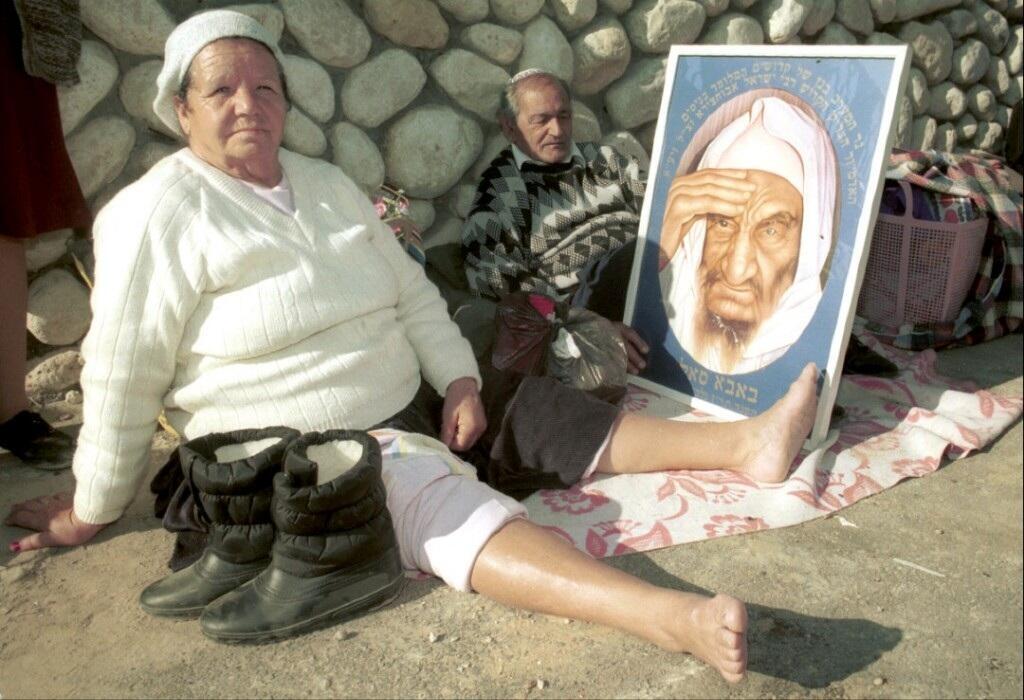

Israeli Jews of Moroccan heritage seen at the gravesite of Baba Sali in Netivot, Israel, showcasing a portrait of the revered late rabbi, in 1990
(Photo: Courtesy of Adil Faouzi)
What message did you want to convey with the project?
"With my project, the message I aim to convey is one of unity, coexistence and appreciation of our diverse heritage. Morocco is a rich mosaic of cultures, religions and languages, each of which has shaped our country in various ways. By showcasing pictures and stories from different periods and walks of life, I want to highlight the intertwined threads of our shared history and identity. I believe that understanding our past, recognizing the different elements that constitute our culture, and appreciating the shared history between the Muslim and Jewish communities, can foster a deeper sense of national unity, respect and mutual understanding. I am motivated by the desire to educate, inspire and instill pride in our diverse Moroccan heritage."


